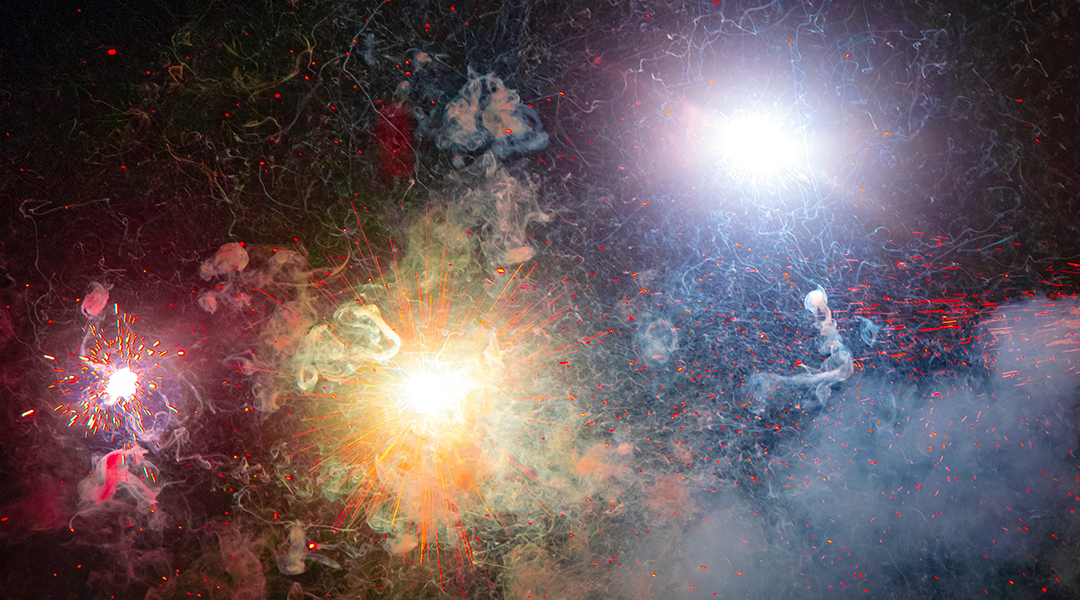About a century ago, on the 27th September 1912, Giacomo Ciamician, an Italian chemist, published an article in the journal Science where he imagined a world in which fuels can be made by harnessing the power of sunlight using photochemistry — a branch of chemistry that investigates the effects of light on chemical reactions — rather than having to depend on legacy fossil fuels.
Ironically, the motivation for his work seems to have been related to the concern that fossil fuels are not inexhaustible rather than worries about greenhouse gas-induced climate change. Even so, the prescience of Ciamician is profound!
Today, we are closer than ever to realizing his visionary idea of photochemical refineries, specifically for the production of solar fuels from carbon dioxide and water.
While the fundamental science for converting carbon dioxide and water back into a sustainable fuel using sunlight has been mastered in the laboratory, a key hurdle that must be surmounted before commercializing the technology is one of opto-chemical engineering. We are missing a highly efficient, readily scalable, and easily affordable solar-driven processes at a practical industrial scale.
Light at the end of the tunnel
This situation, however, is poised to change with the development of an innovative photoreactor concept that can achieve commercially viable performance indicators for a broad variety of solar-driven reactions.
It is important to differentiate photoreactors from solar thermal reactors, which operate at very high light intensities and temperatures. Photoreactors aim to harness sunlight in a more accessible manner, specifically targeting low temperature and low light intensity enabled photochemical conversions, such as hydrogen production via photochemical water splitting, methanol synthesis from carbon dioxide and water, and ammonia synthesis from nitrogen and water.
This distinction emphasizes the “solar advantage” of solar-driven photochemistry. Here, the chemistry and catalysis are initiated by light, facilitated by reactions involving photogenerated electrons and holes. These charge carriers populate the electronic excited state of the catalyst and drive reactions photochemically. It is to be contrasted with light-initiated thermochemistry that operates in the ground electronic state of the catalyst.
Additionally, the photochemistry approach takes advantage of relaxation processes that produce ground electronic state phonons, that is vibrations of the atoms in the catalyst. These phonons, manifest in the form of heat that can drive photothermal chemistry, a process which enhances the overall photochemical performance of the process.
As described in the current study, the challenge to providing a low-cost and high efficiency photoreactor has been resolved with the development of a photoreactor panel of the kind illustrated in the graphic of an integrated solar fuels and electricity home. These rooftop panels are amenable to mass-fabrication by established techniques, such as polymer extrusion and injection molding using cheap and plentiful polymer materials.

The geometry of the photoreactor is defined in such a way that the material footprint is minimal, serving to reduce the capital costs of scaling the process. An impressive light weight of approx. 2 kg m–² and an estimated combined cost of 22 $ m-2 for both the photocatalyst and photoreactor result from this strategy according to a preliminary techno economic analysis.
Importantly, the geometry of the photoreactor is optimized to enhance photocatalytic efficiency through a simulation-based, free-form optimization approach. Significantly, the maximized photocatalytic efficiency is only slightly dependent on the angle of incoming light or the position of the sun, thereby, allowing operation without sun tracking, benefiting overall system capital and operational costs.
Another attribute of the introduced photoreactor design is its versatility and ready adaptability to a wide range of photocatalysts or photoreactions. The adaptation is facile with the support of the provided photoreactor design guideline and can be performed by non-experts in the field. These unique features are without precedence in the prior art, open, or patent literature.
Using a 3D-printed photoreactor prototype integrated into a test rig with a solar irradiation simulator, the simulation-based optimization was authenticated experimentally by iron oxalate actinometry. This method isa type of chemical titration that via ultraviolet-visible spectroscopy quantifies the flux/intensity of absorbed photons by monitoring the photoreduction of the iron from oxidation state three to two. This light induced redox reaction allows measurement of the absorption intensity in the reaction volume and the achieved photocatalytic efficiency.
The excellent agreement between simulation results and experiments supports the optimization approach, simulation data, and the photoreactor design principle.
Notably, this design outperforms conventional and widely used quartz glass capillary photoreactors by almost a factor of four with respect to the achieved photocatalytic efficiency, which provides additional support for the proposed approach.
The road to commercialization
With respect to the economic impediment to commercialization of currently available photochemical reactors, this barrier relates to the huge light collecting area needed for significant photon-to-product yields, which means high capital-to-product costs.
Additionally, state-of-the-art photoreactors in the open and patent literature tend to be complex and expensive and comprise mainly prototypes and unoptimized with respect to cost and efficiency. This further increases the cost of these technologies.
The introduced low-cost and high efficiency photoreactor concept consequently could become a major contributor to the further development of the field of solar fuels.
Of course, high-efficiency, scalable, and low-cost photoreactors are just one piece of a complex puzzle needed to resolve the existential threat of climate change. The technological, economic, environmental, political, and societal challenges that lie ahead, delineated in the United Nations 17 Sustainable Development Goals, need to be mastered to achieve a net zero world. Seen from this perspective, the technological side of the overall challenge is just a support for all other needed developments.
Written by: Geoffrey Ozin, Paul Kant, and Roland Dittmeyer
Solar Fuels Group, University of Toronto and Institute for Microstructure Engineering (IMVT), Karlsruhe Institute of Technology (KIT). Email: [email protected], [email protected]; Websites: www.solarfuels.utoronto.ca, www.imvt.kit.ed.
Feature image credit: ActionVance on Unsplash

















